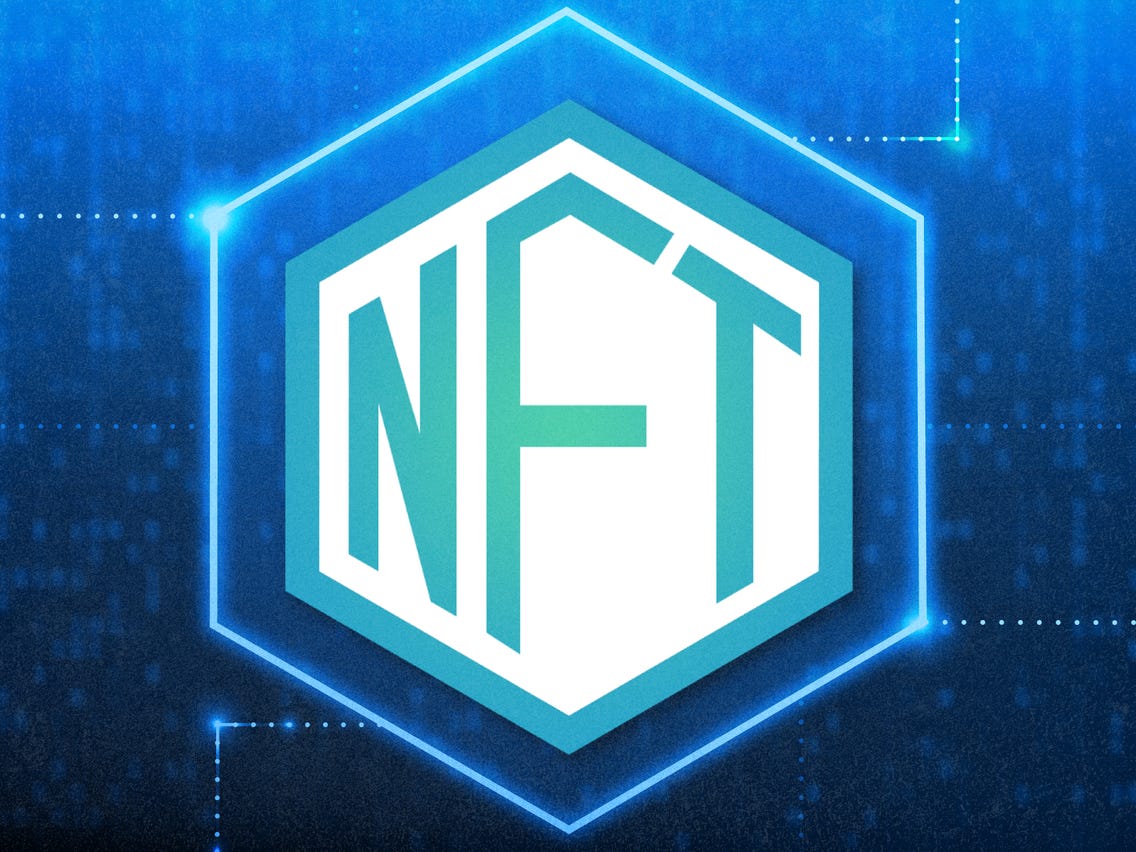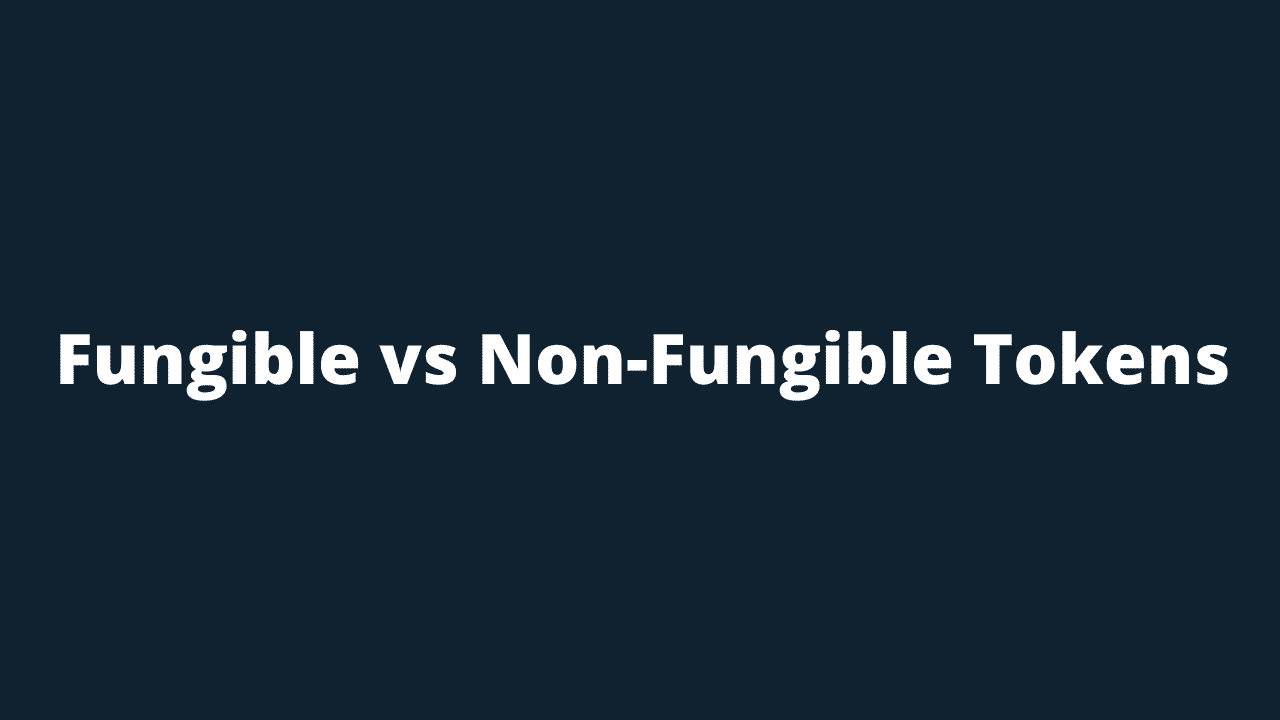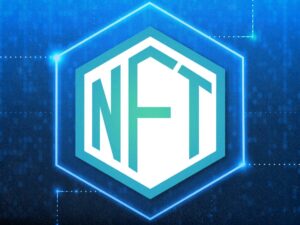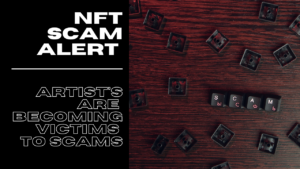The Non-Fungible Tokens or NFT Games, as you may like to call it, represents a widely discussed finance and entertainment platform. Starting with the unique technology that underlies the gaming system of NFTs, which is a non-fungible type of token, we must compare what the fungible tokens have to offer against the NFT.

However, let us begin to define the word token, which refers to a piece of data stored on blockchain technology. This token contains information on ongoing transactions stored in a cryptocurrency wallet. For example, in the Ethereum blockchain technology, a system comprises interconnected tokens.
The principles may involve eternity to Tron or even wax to flow. Moreover, each token is held by the individual who has access to the wallet’s private keys. However, whether the ticket is primarily owned by the individual or a company may not make any difference.
The Story behind Non-Fungible Tokens
The Non-fungible tokens (NFTs) are digital assets or collectibles and require a simple name to call. Clearly, pronouncing ‘non-fungible tokens’ can be difficult for a technology that should expectedly bring more each. Therefore, the acronym NFT is now being replaced by Nifty or Nifties.
Fungible or Non-Fungible Tokens, what is the difference?
There are 2 types of tokens, the fungible and the non-fungible ones. While an owner can exchange a fungible token for another one without any system modification, the case is not the same with non-fungible passes. For example, the Bitcoin system contains fungible tokens, which is an indication that each bitcoin retains the same value.

Similarly, euros, dollars, oil, and gold fall into the same category. So, irrespective of where you hold the same amount of gold, the value remains the same each time. @it is practically impossible to have the first bitcoin or a one-of-a-kind 10,000th bitcoin. What you have per time is simply bitcoin.
On the other hand, the non-fungible tokens, otherwise known as the NFT game, are not exchangeable or tradeable directly one-for-one. The NFT system represents something more unique, like collectible art that you can grow or cultivate over time. Also, NFTs now possess a one-of-a-kind or exceptional value that is a true reflection of that token.
For example, suppose you own an Axie creature in the Axie Infinity NFT game. In that case, that is a non-fungible token on blockchain technology. However, it is a fungible token when you acquire a Small Love Potion on the same game. By implication, an NFT game can also contain a combination of both. And the reason is that this token represents a one-of-a-king piece of land with a specific virtual location. You learn more about NFT Games at https://bltzr.gg/
The representation refers to a virtual land in the League of Kingdoms that is a beauty to work with on blockchain technology. At the same time, playing fantasy football on Sorare is similar to this system, having collectible cards. Each card is unique, limited in quantity, and numbered for identity.
The Meaning of the Complete Ownership
When using the tokens in the NFT Games, the non-fungible permits present in the user’s wallet entirely belong to the gamer. By implication, each of these tokens represents a contract that shows a digital asset belongs to you within that game.
However, it becomes only conceivable that if the game developer decides to abandon the project, the owned token becomes practically useless to the owner. Meanwhile, users and gamers should note that one of the paramount issues with blockchain games is not entirely based on blockchain technology.
But while you own the token, what can you do with it? Since you can be confident that every token in your wallet is yours, what you do with each token is entirely at your discretion. At the same time, game players may use tokenized objects within the products, in this case, the game. Similarly, you can also borrow, trade, sell or bet on these tokens or simply display them.
Without the technology of the NFT games, it is rather impossible to generate value within one game and transfer it to the other. For instance, when playing the World of Warcraft, you can gather herbs and purchase Fortnite skin. However, blockchain gaming is a new way to make that happen.
Similarly, you can also gather resources and sell them in the League of Kingdoms. You can then use the proceeds in Ethereum to buy different resources that you may need. Moreover, the tokenized digital assets allow users and players complete ownership.
What is the Best Way to Connect?
Firstly, the non-fungible tokens in NFT games are kept in a cryptocurrency wallet used when linking your wallet to the game. Setting up this link can become the beauty of using software wallets like the Metamask. The wallets used in blockchain allow you to log into the wallet and authorize the game to connect with your wallet.
The connection to access your wallet contents means that your assets are accessible for helpful information. Meanwhile, some NFT games that can produce fungible and non-fungible tokens include the Minting process. Also, the game players can collect resources to construct special weapons for different tasks within the game.
The games create these unique weapons and then save them inside the users’ wallets in non-fungible tokens. Each weapon is special, can serve more players’ purposes, and is inaccessible to others.
Conclusion
NFT games release the ownerships of digital assets to game players and investors. It also contains weapons and other resources that users can reinvest and earn big in return. Meanwhile, it is not also possible to forget how many opportunities lie within the gaming system that NFT offers. Moreover, the ownership of contracts widens the chance of the game stakeholder to invest and earn while they play. This contract also exists between the player and the game itself, like a connection between a collector and an artwork.

